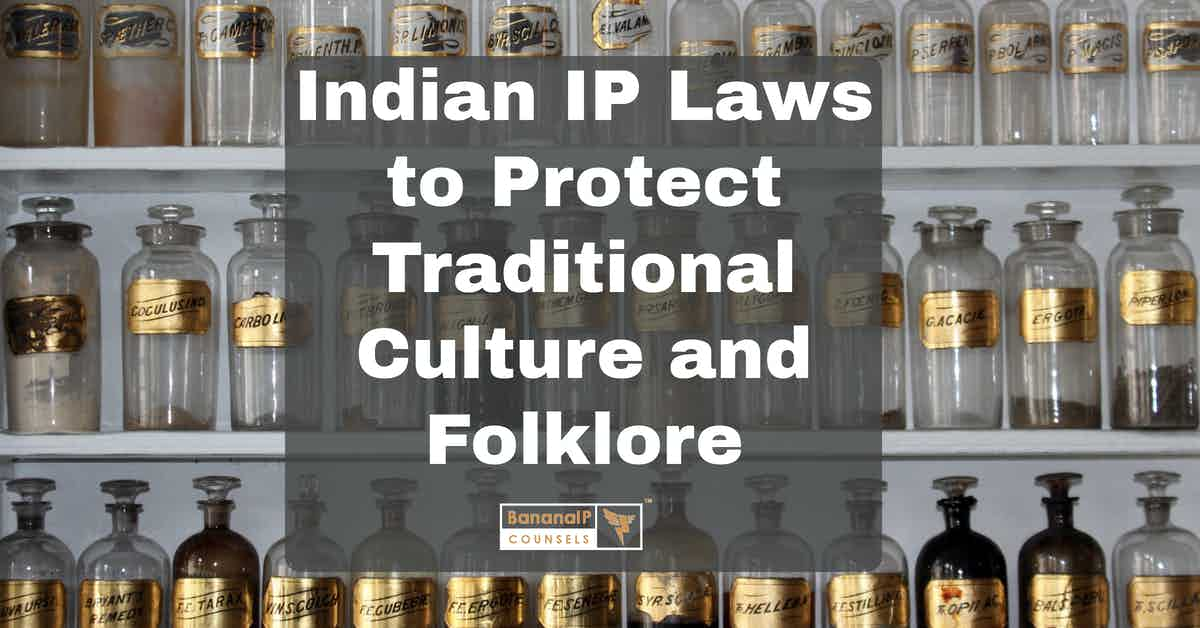This post was first published on 8th November, 2014.
Most places in the world, where traditional knowledge and folklore exist, face the challenge of multiculturalism and cultural diversity because they have both indigenous and immigrant communities. A balance has to be struck between the protection and preservation of cultural experience and traditional. Efficient cultural policies are required to meet the above challenges and free exchange of cultural experiences is required to make policies for effective protection of the same.
A further challenge is to balance a wish to preserve traditional cultures with a desire to stimulate tradition-based creativity as a contribution to sustainable economic development. Addressing these challenges provokes some deeper questions.
- To whom, if anyone, does a nation’s cultural heritage ‘belong’?
- What is the relationship between IP protection and the promotion of cultural diversity?
- Which IP policies best serve a creative and multicultural ‘public domain’?
- How, if at all, should current IP systems recognize customary laws and protocols?
- When is ‘borrowing’ from a traditional culture legitimate inspiration and when is it inappropriate adaptation or copying?
- Is there a relationship between the ‘preservation’ of cultural heritage and the IP ‘protection’ , and, if so, what is it?
The following series of steps may help policy makers ‘navigate’ their way and illustrate the available options:
1. Determine national policy objectives, including the needs of communities that are the holders and custodians of folklore. Are they related to IP (or more concerned with other policy goals such as preservation of cultural heritage)? What subject matter is to be protected? Against which acts is protection sought?
2. Identify options available under conventional IP systems, including unfair competition, as well as options for adapted or modified elements of existing IP.
3. Analyse options available in non-IP systems relevant to meeting the desired goals, such as cultural heritage, consumer protection and marketing laws, and indigenous and customary laws.
. Determine whether a standalone sui generis system is necessary, or whether existing rights and modifications to them can meet the needs identified and strike the right balance. How would a sui generis system relate to conventional IP systems particularly in respect of overlapping subject matter
5. Identify which practical and operational measures, institutions and programs may be required to facilitate the effective use and implementation of the forms of protection already in place or to be established.
6. Establish how national systems would interact to provide regional and international protection, through bilateral, regional or international legal frameworks.
Clarity on what is meant by ‘protection’ is key, because the needs and expectations of traditional culture holders and practitioners can in some cases be addressed more appropriately by measures for preservation and safeguarding rather than IP protection.
Source: here



